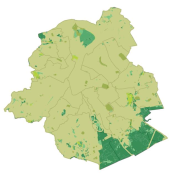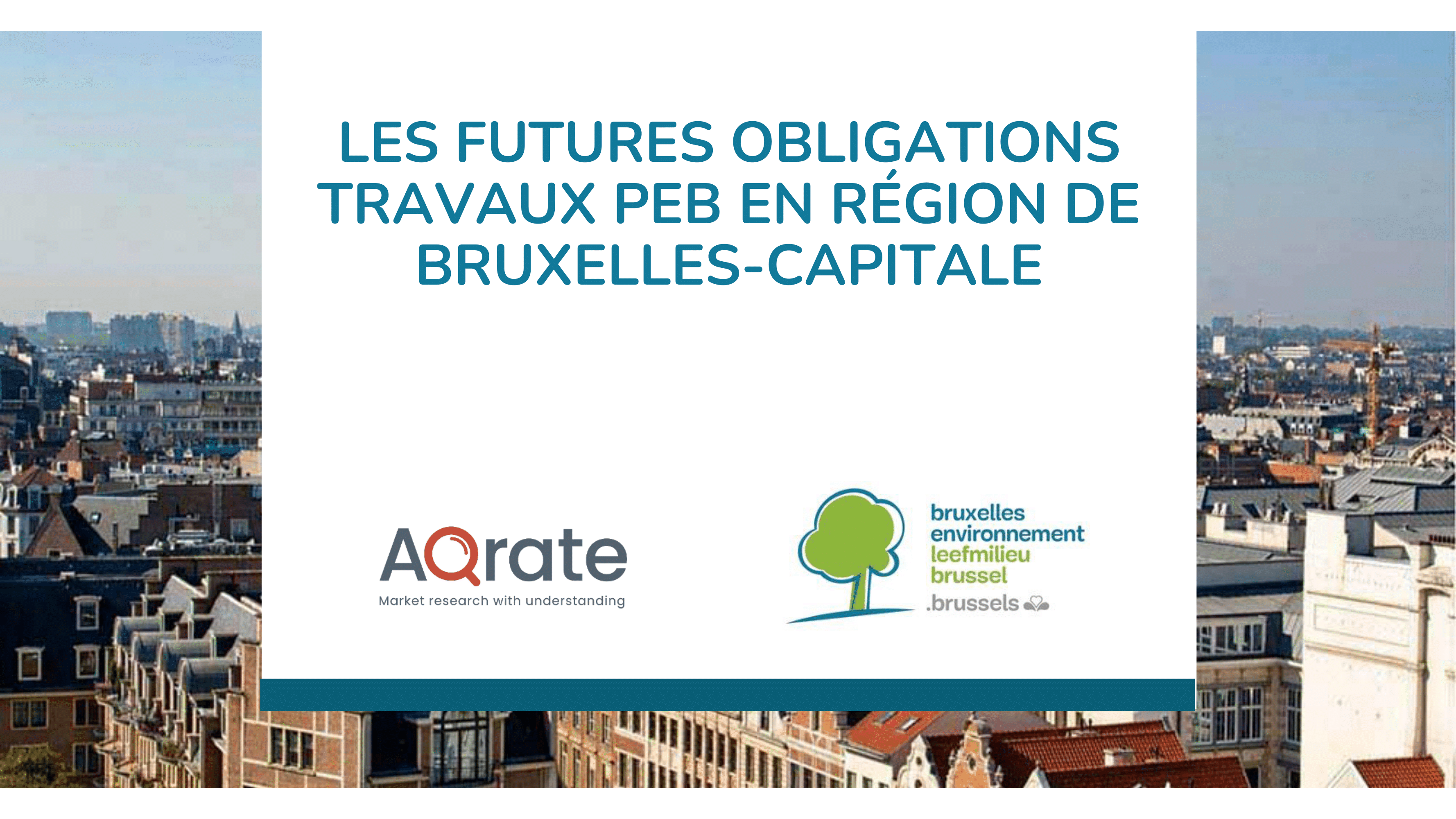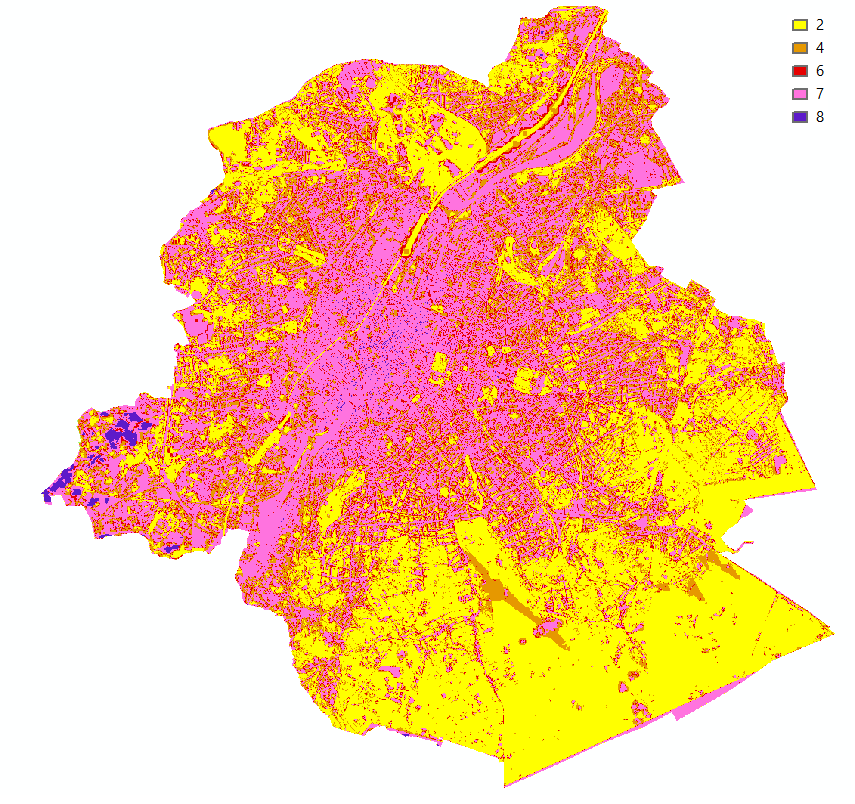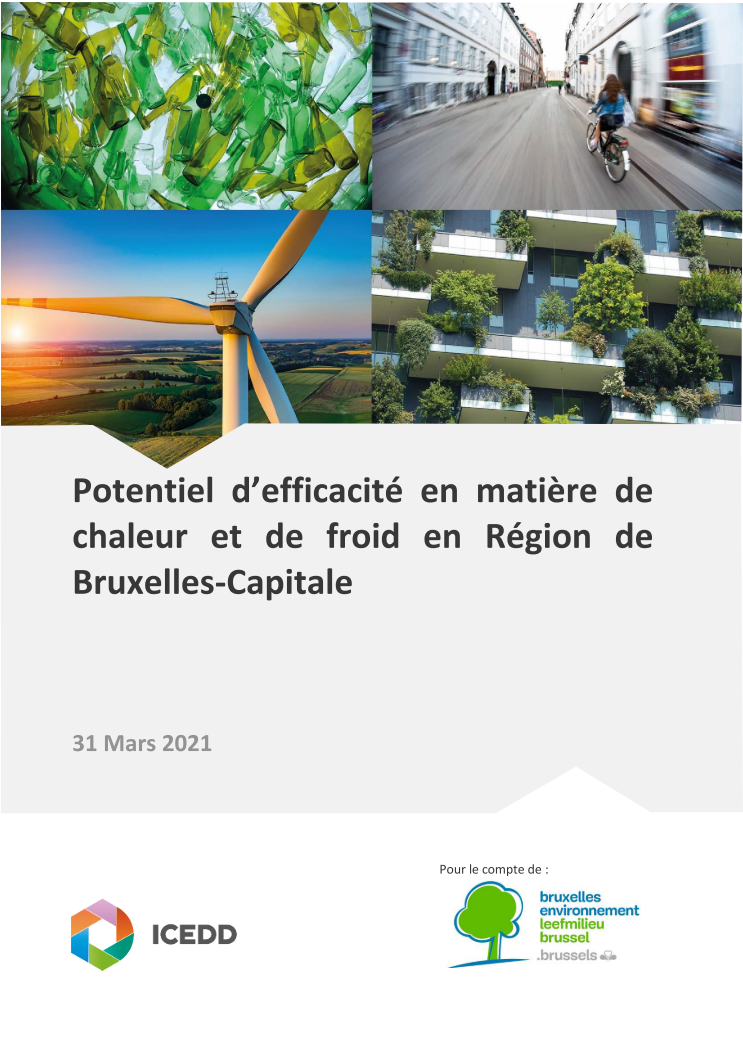environment
Type of resources
Available actions
Topics
INSPIRE themes
Keywords
Contact for the resource
Provided by
Years
Formats
Representation types
Update frequencies
status
Scale
Resolution
-

This dataset corresponds to the areas with a lack of green spaces accessible to the public in the Brussels-Capital Region, in accordance with the objectives of the Regional Nature Plan 2016-2024. It is made of one geometric classes : Areas with a lack of green spaces accessible to the public
-

This dataset corresponds to the sites managed by Brussels Environment. It is made of one geometric classe : sites managed by Brussels Environment.
-

Brussels-Capital Region : Railway traffic noise register for the reference year 2021 (noise contours maps) for the Lden acoustic indicator (day-evening-night noise indicator). These maps are produced with an acoustic model in accordance with the prescriptions of the European directive 2002/49/EC.
-
This dataset covers the inventory of the municipal trees of Jette. For each municipal tree, it includes information such as its location, scientific name, measurements (height, trunk circumference, crown diameter, etc.), and its leaf surface area.
-

No abstract
-

The objectives of the survey are to determine the level of understanding of the different concepts relating to energy and EPB, and to measure the level of understanding and acceptance among homeowners and property managers of future EPB obligations in the Brussels-Capital Region, as well as exemptions and financial aid.
-
The UrbIS - Landscape product (formerly UrbIS - ADM 3D V2 Beta) is a dataset that combines the data from the “3D Constructions” product with the “Digital terrain model” to display a three-dimensional model of the ground and buildings in the Brussels-Capital region. The dataset is freely downloadable as zipped files.
-

Brussels-Capital Region : This map shows the Health Impact Screening score for heat stress (0-8) in the Brussels Capital Region. It was produced as part of the 2020 study on the "Impact of 'Nature-Based Solutions' (NBS) on urban residents' exposure to air pollution, noise pollution or high temperatures - Overview of general knowledge and recommendations for the Brussels-Capital Region". This map is based on the maximum Wet Bulb Globe Temperature (WBGT) map of 24 August 2016. For the methodology used, see p.48. The study report (in dutch) is available at http://document.environnement.brussels/opac_css/elecfile/NatureBasedSolutions
-

This study first characterises the current heat and cooling needs in the Brussels-Capital Region as well as the evolution of these needs until 2050. A mapping of these needs is then presented, as well as a visualisation of the main existing heat sources in the Brussels-Capital Region. The technical and economic potential of cogeneration is then calculated. Finally, the study compares the different solutions for meeting heat needs, including the distribution of heat in thermal energy networks.
-
This dataset corresponds to the vegetation cover in the Brussels Capital Region. It is made of two raster images : vegetation 2021, and vegetation 2023.
 Geobru catalogue
Geobru catalogue